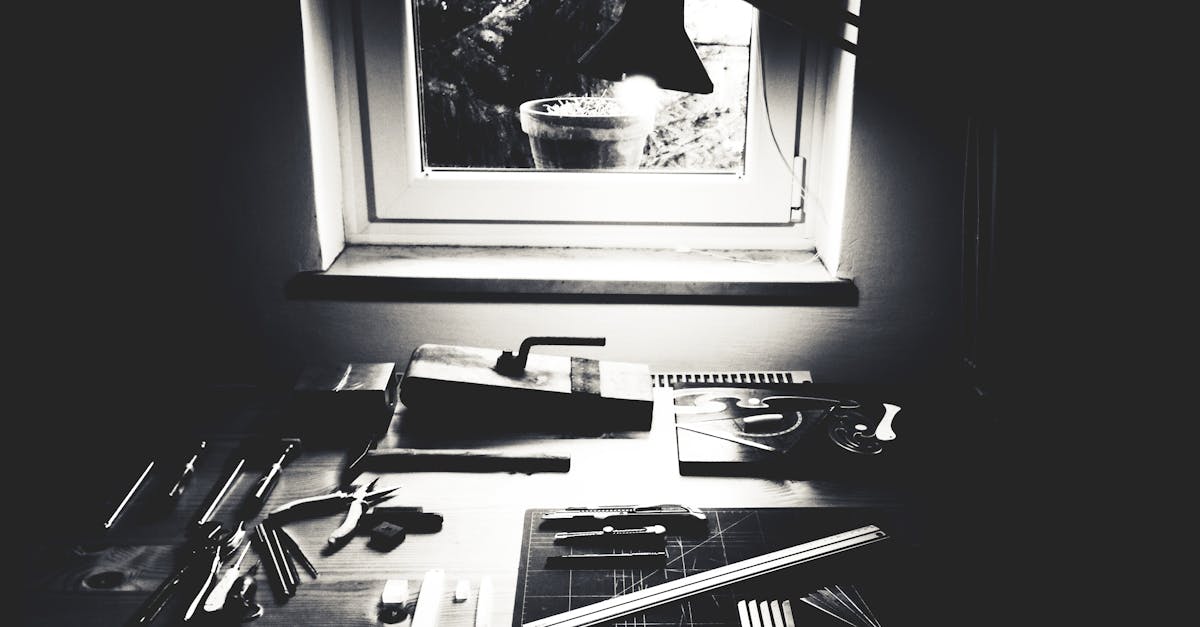
Table Of Contents
Installation Guidelines for Backflow Preventers
Installing backflow preventers is crucial for maintaining the integrity of plumbing systems and protecting water quality. The first step in installing a backflow preventer is to select the appropriate type for the specific application. There are various types of backflow preventers available, including pressure vacuum breakers, double check valves, and reduced pressure zone devices. Each type serves a unique purpose and is designed to prevent backflow in different scenarios. It is essential to consult with a qualified plumbing professional to determine the most suitable backflow prevention device for a particular plumbing system.
Proper installation of backflow preventers is vital to ensure their effectiveness in preventing contamination of the water supply. The backflow preventer should be installed downstream from the water meter and any other water distribution points. Additionally, the backflow preventer should be positioned in a way that allows for easy access and maintenance. It is imperative to follow the manufacturer's guidelines for installation and testing procedures to ensure that the backflow preventer functions correctly. Regular inspection and maintenance of backflow prevention devices are essential to prevent potential issues and ensure the continued protection of the water supply from contamination.
Proper Placement and Maintenance
Proper placement and maintenance of backflow prevention devices are crucial to ensuring the safety and integrity of a plumbing system. Backflow prevention devices should be strategically placed to effectively prevent contaminated water from flowing back into the potable water supply. Regular maintenance is essential to confirm that backflow preventers are functioning correctly and that there are no blockages or malfunctions that could compromise their effectiveness. Neglecting the maintenance of backflow prevention devices can lead to serious health risks and legal implications, making it imperative to adhere to recommended maintenance schedules.
Backflow prevention devices should be installed by qualified professionals who are well-versed in the specific requirements and regulations governing these systems. Regular inspections and testing should be conducted to verify that backflow preventers are in proper working condition. Engaging experienced plumbing experts ensures that backflow prevention devices are installed correctly and maintained in accordance with industry standards. By following recommended placement guidelines and scheduling routine maintenance checks, property owners can safeguard their plumbing systems from potential backflow incidents.
Importance of Professional Backflow Prevention Services
Professional backflow prevention services play a crucial role in safeguarding the purity of water supply systems. The expertise and knowledge that professional plumbers bring ensure that backflow prevention devices are installed correctly and functioning optimally. In addition, scheduled maintenance by professionals helps to detect and address any potential issues that could compromise the effectiveness of the backflow prevention systems, thus, maintaining the integrity of the water supply.
Engaging qualified plumbing experts for backflow prevention services not only guarantees compliance with regulations and standards but also provides a layer of protection against health hazards posed by contaminated water. These professionals are equipped to identify potential backflow risks, recommend appropriate prevention measures, and carry out necessary repairs or replacements efficiently. With their expertise in backflow prevention, professionals help to ensure that plumbing systems remain secure, and water quality is preserved for the health and safety of all users.
Engaging Qualified Plumbing Experts
When it comes to ensuring the effectiveness of backflow prevention mechanisms, engaging qualified plumbing experts is crucial. These professionals possess the knowledge and expertise required to install, maintain, and repair backflow preventers accurately. Moreover, they are well-versed in the regulations and guidelines surrounding backflow prevention, ensuring compliance with industry standards.
Qualified plumbing experts play a vital role in safeguarding water quality by implementing and maintaining proper backflow prevention measures. Their meticulous attention to detail and thorough understanding of backflow mechanisms enable them to identify and rectify issues promptly, safeguarding both the plumbing system and the water supply. Hiring these professionals not only ensures the efficient functioning of backflow prevention systems but also provides peace of mind knowing that the water supply remains uncontaminated.
Signs of Backflow Issues in a Plumbing System
Backflow prevention plays a crucial role in maintaining the integrity of a plumbing system. Recognising signs of backflow issues is essential to prevent contaminated water from flowing back into the clean water supply. One common indicator of a backflow problem is water discolouration. If the water appears murky or has a strange odour, it could signify a backflow issue that needs immediate attention from a professional plumbing service.
Another tell-tale sign of backflow problems is an unexpected decrease in water pressure. When backflow occurs, the water flow may decrease due to the contamination affecting the pipes or fixtures. Monitoring the water pressure in your plumbing system can help detect potential backflow issues early on. Ignoring these warning signs can lead to health hazards and structural damage, emphasizing the significance of regular inspections and maintenance for effective backflow prevention.
Recognising Early Warning Signals
Early detection of backflow issues is crucial in maintaining the integrity of a plumbing system. Recognising early warning signals can help prevent potential contamination of fresh water sources. Signs such as a noticeable decrease in water pressure, unusual water discolouration, or an unexplained rise in water bills can indicate backflow problems.
Furthermore, the occurrence of gurgling noises within pipes, foul odours emanating from taps, or sudden temperature fluctuations in the water supply are also red flags that hint at possible backflow concerns. Being attentive to these warning signals and acting promptly to address them through proper Backflow prevention measures can safeguard both the plumbing system and the health of individuals relying on the water supply.
FAQS
Why is backflow prevention important in a plumbing system?
Backflow prevention is crucial as it ensures that contaminated water does not flow back into the clean water supply, safeguarding public health.
How does backflow occur in a plumbing system?
Backflow occurs when there is a reversal of water flow, causing contaminated water from sources like irrigation systems or toilets to enter the potable water supply.
What are the potential health risks associated with backflow?
Backflow can lead to the contamination of drinking water with bacteria, chemicals, or other harmful substances, posing significant health risks to consumers.
Is backflow prevention mandatory for all plumbing systems?
Yes, backflow prevention is mandated by law in many jurisdictions to protect public health and prevent the contamination of the water supply.
How often should backflow preventers be tested and maintained?
Backflow preventers should be tested and maintained annually by a qualified plumbing expert to ensure they are functioning properly and effectively preventing backflow.


